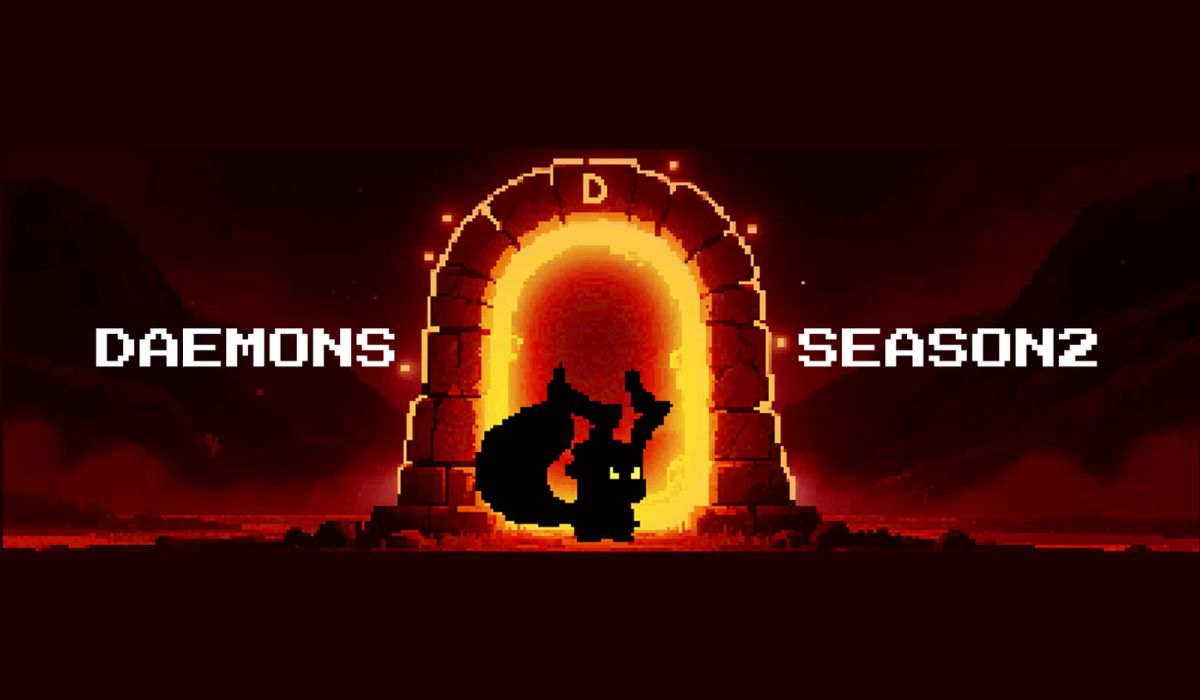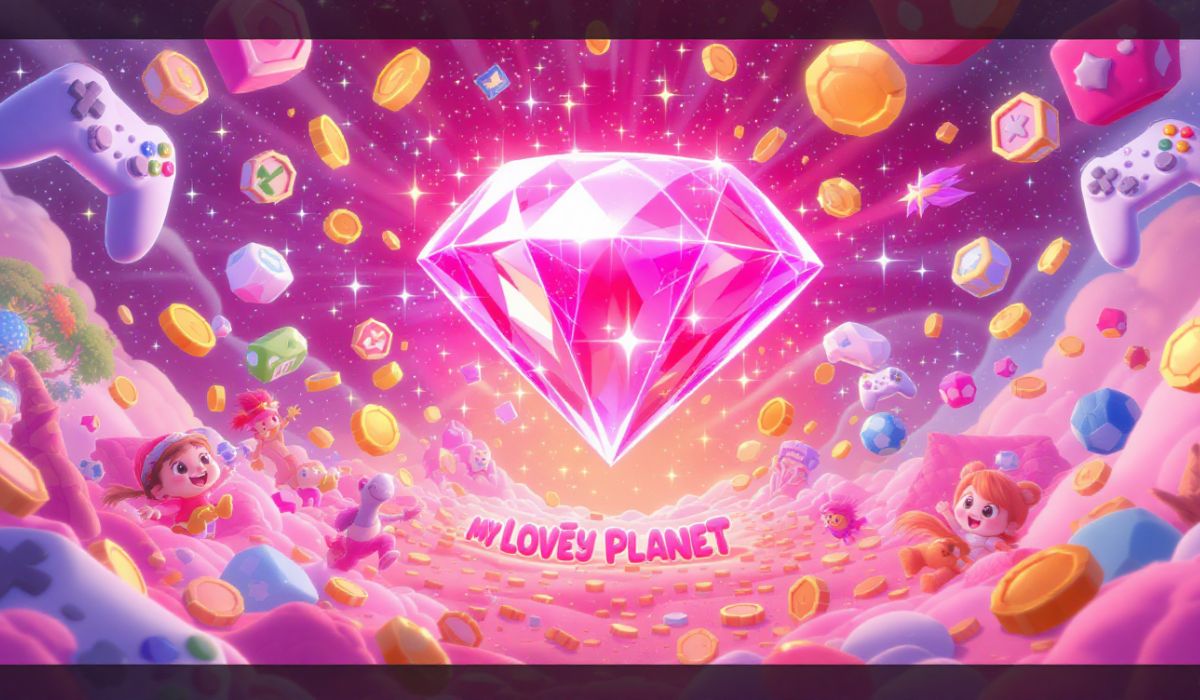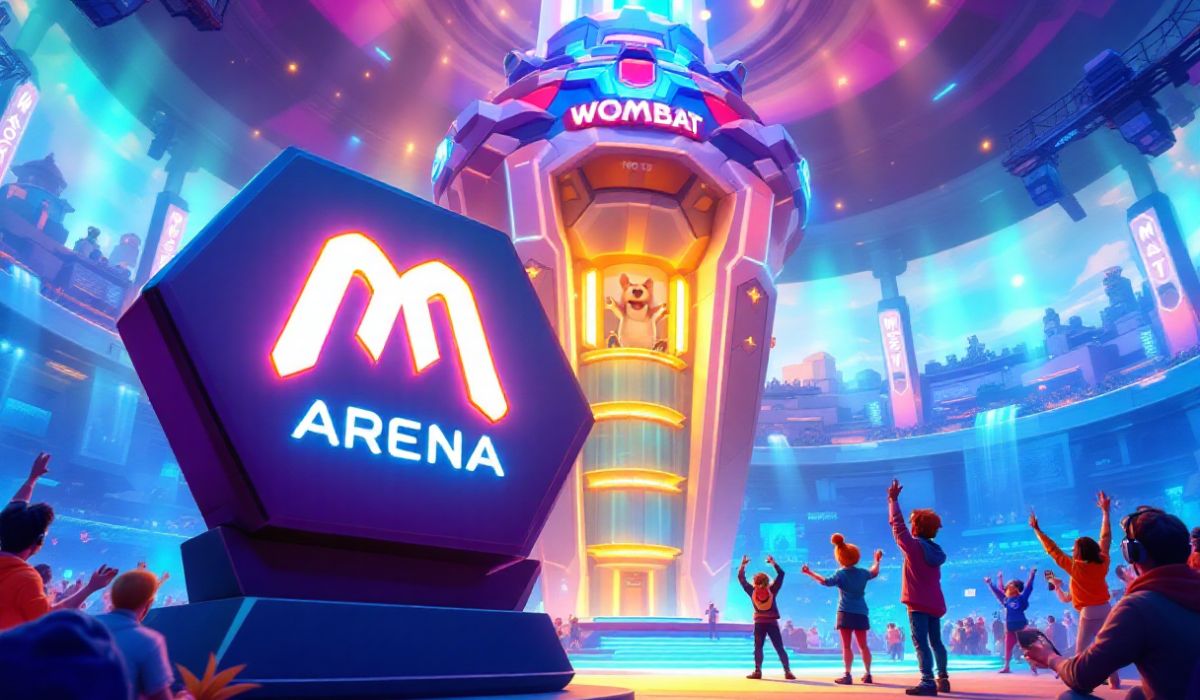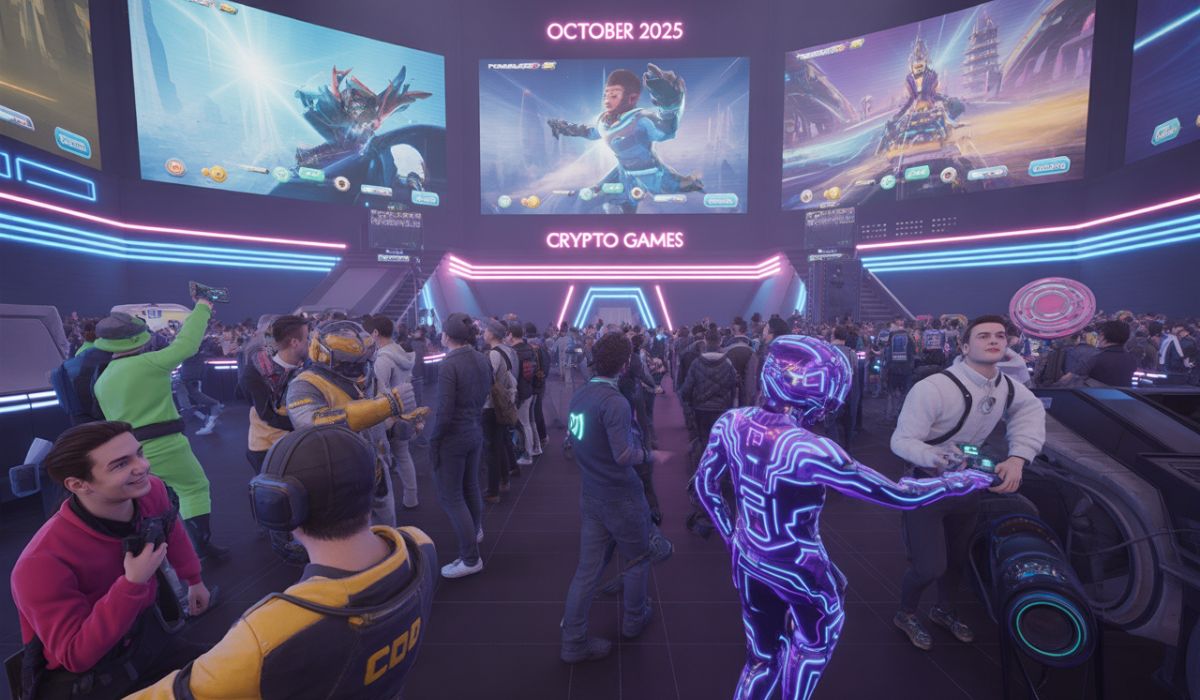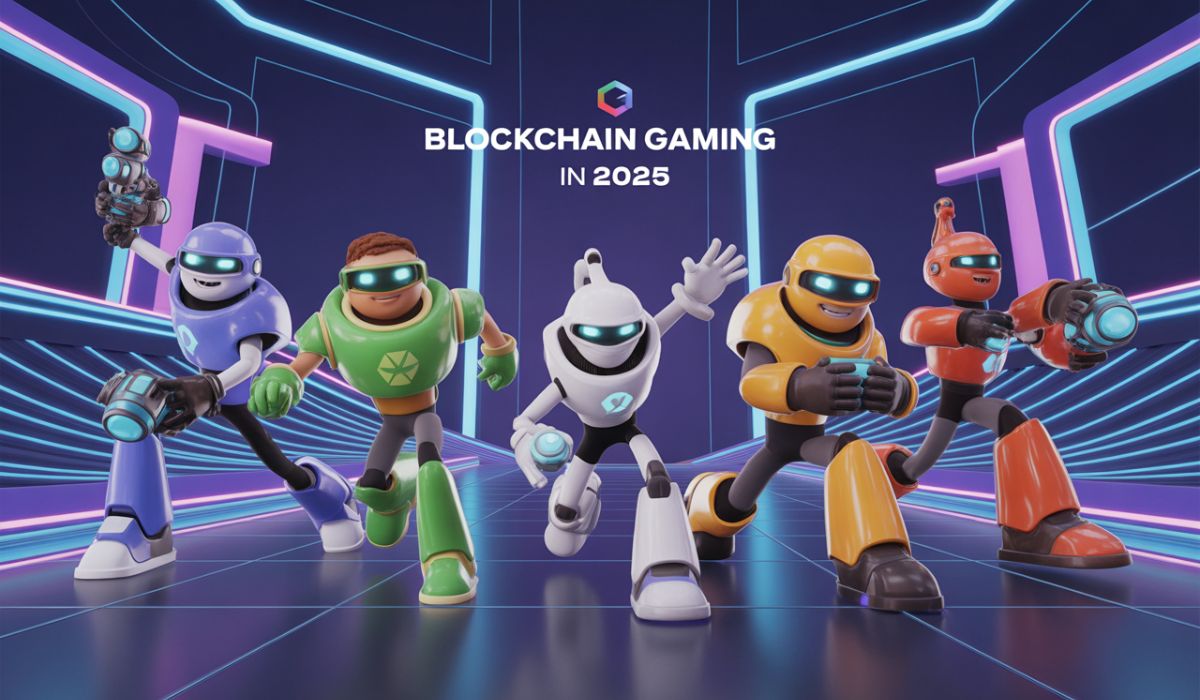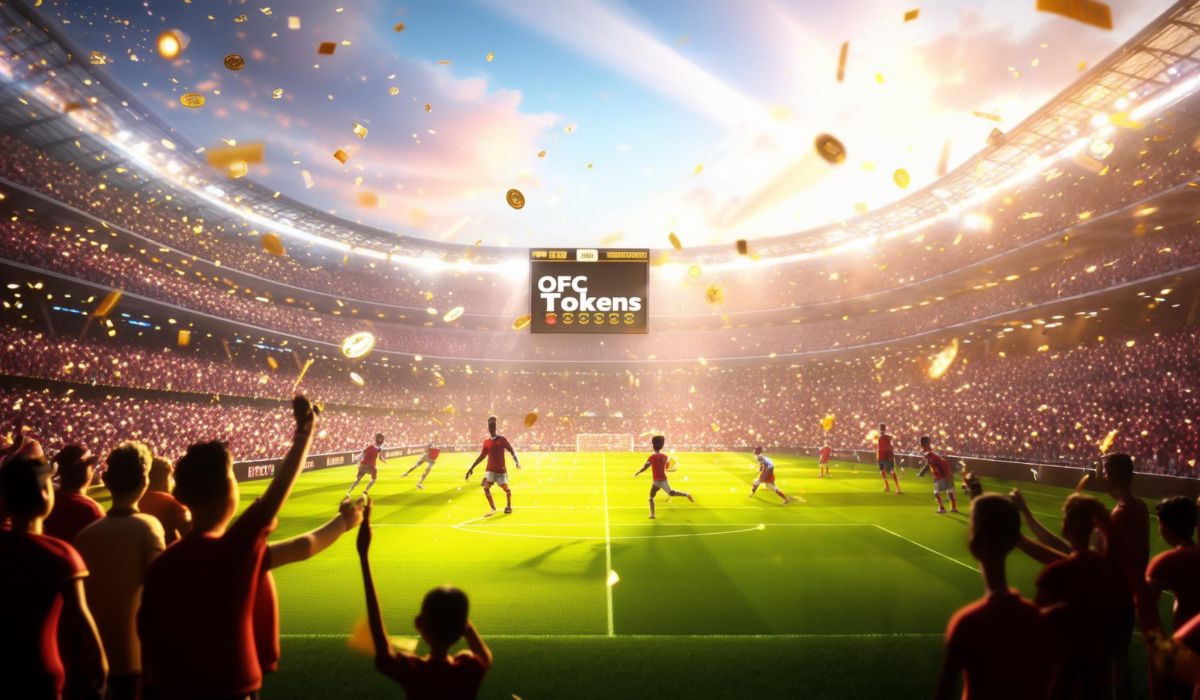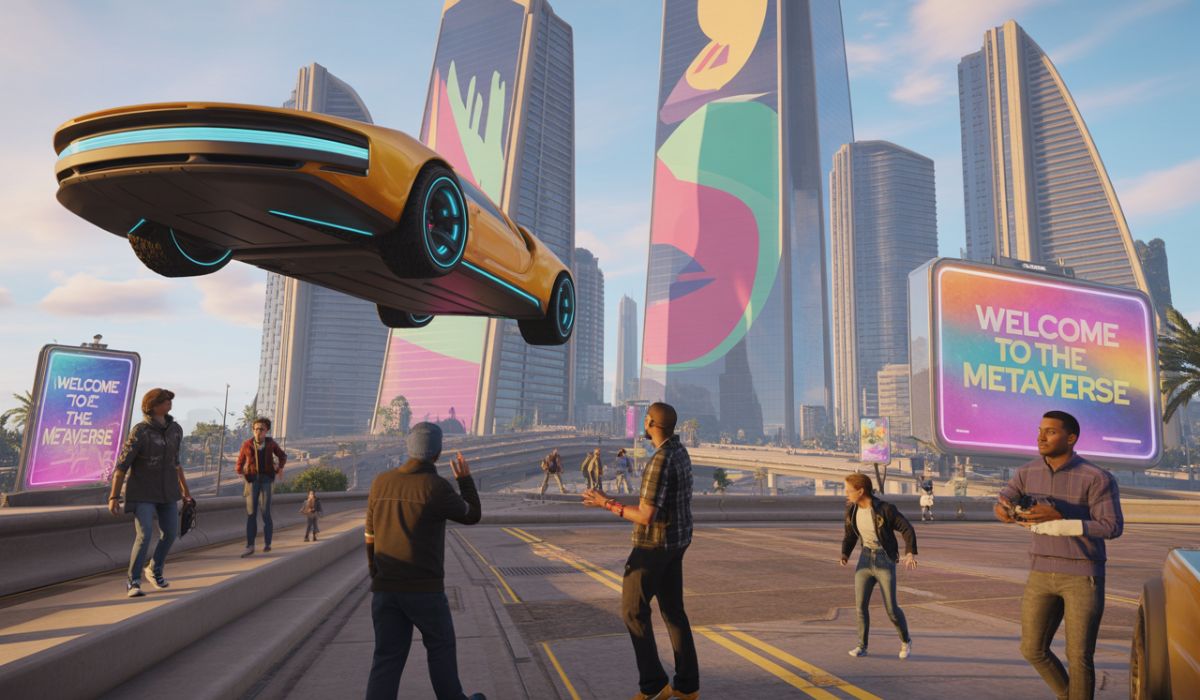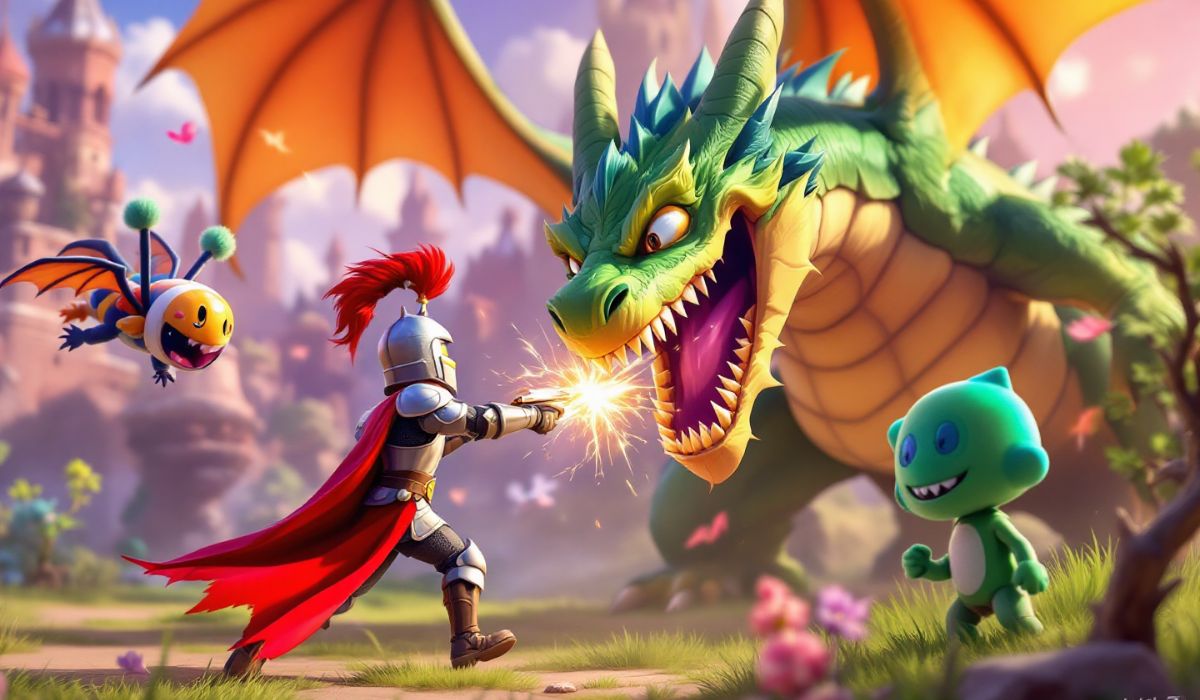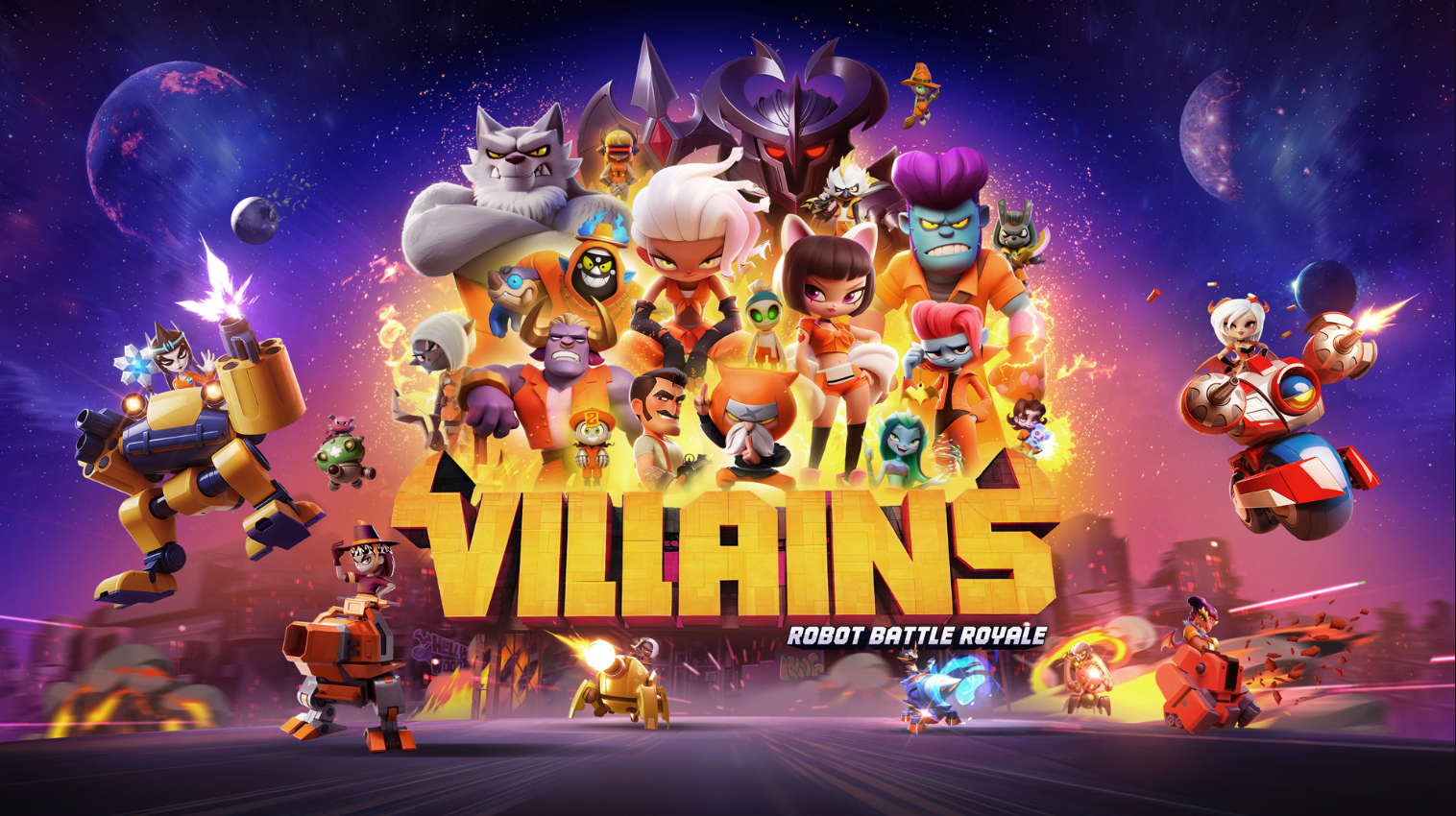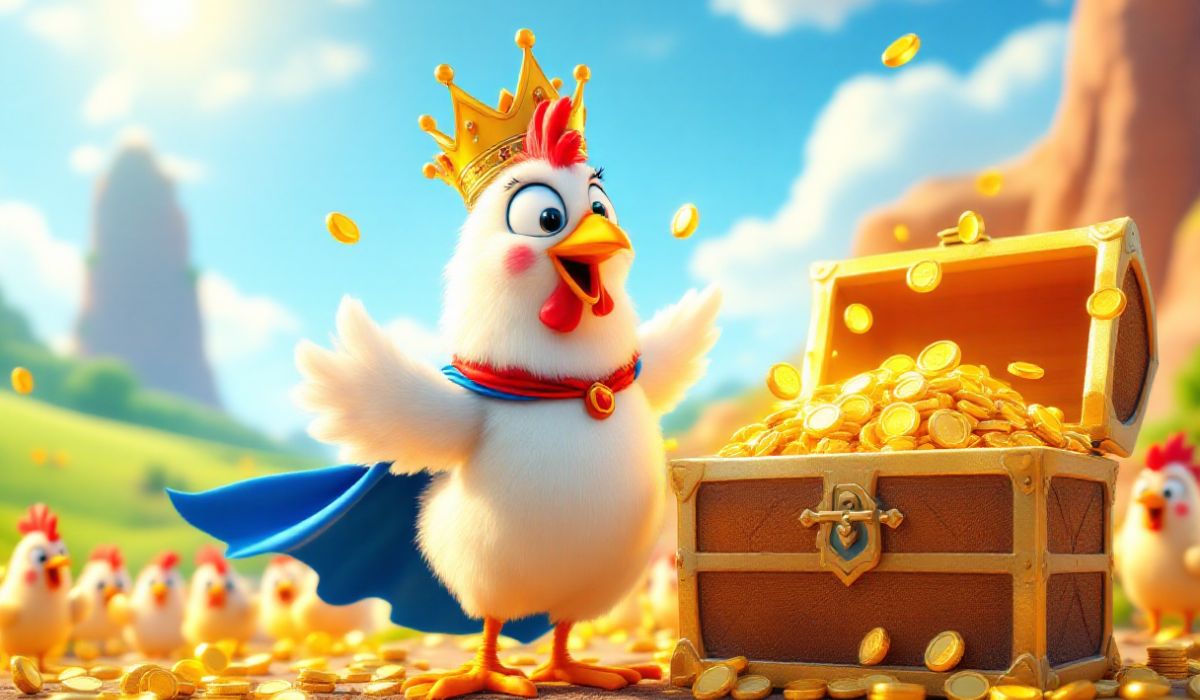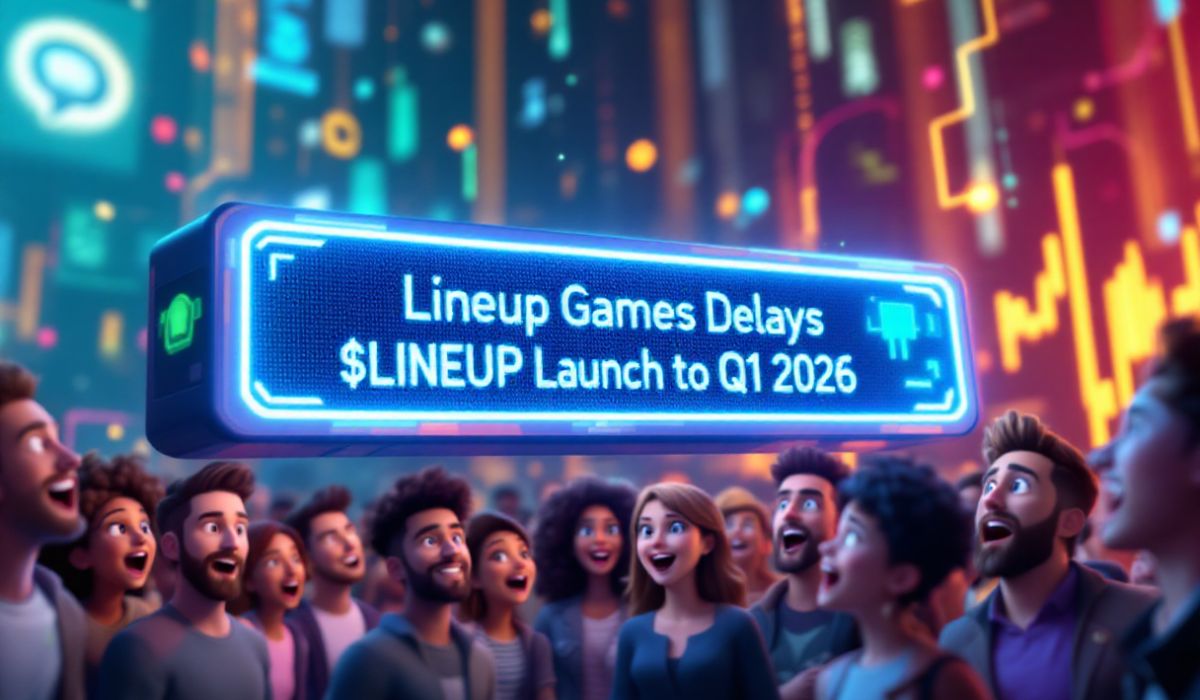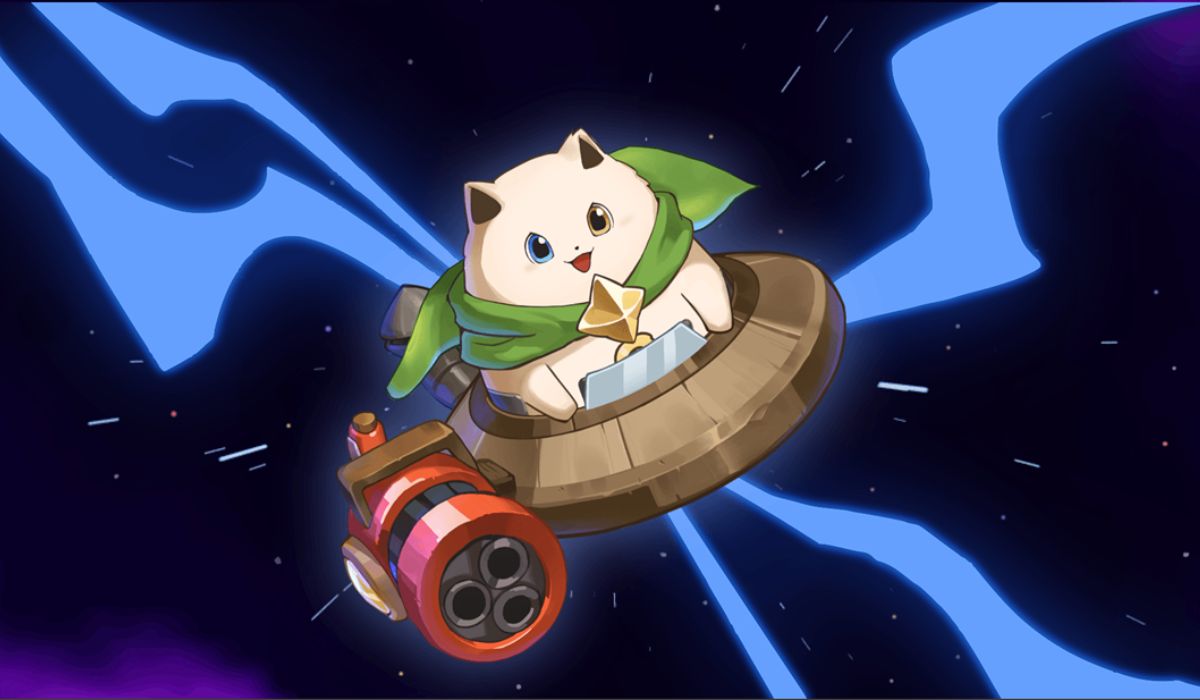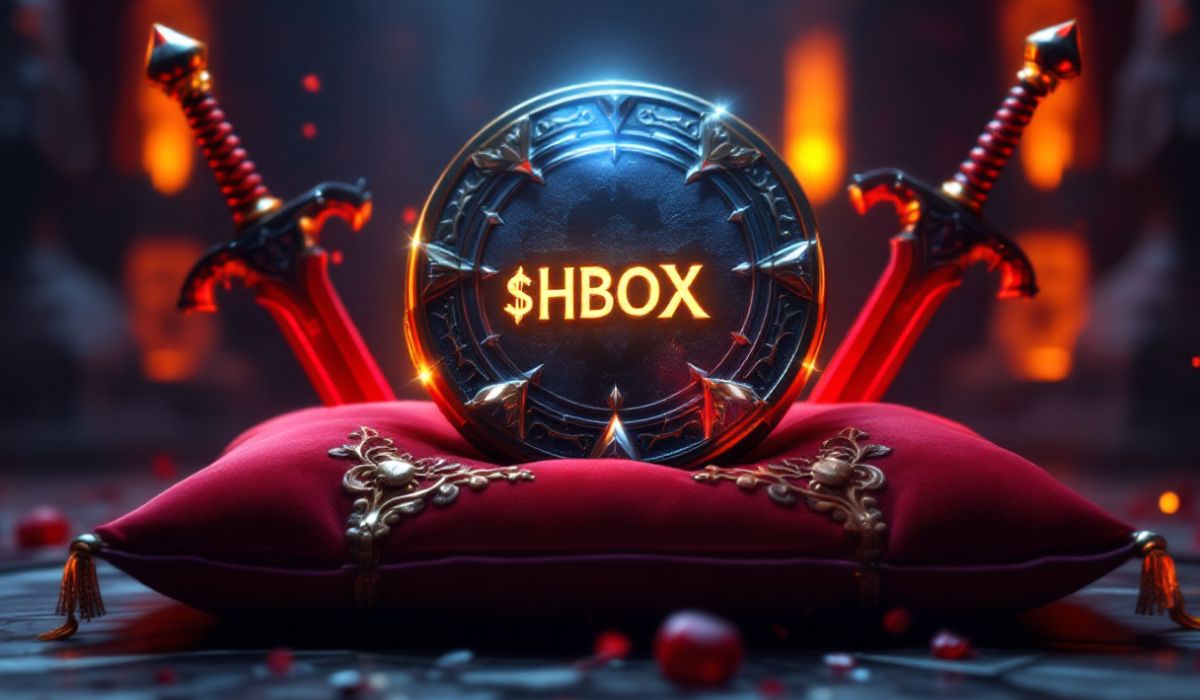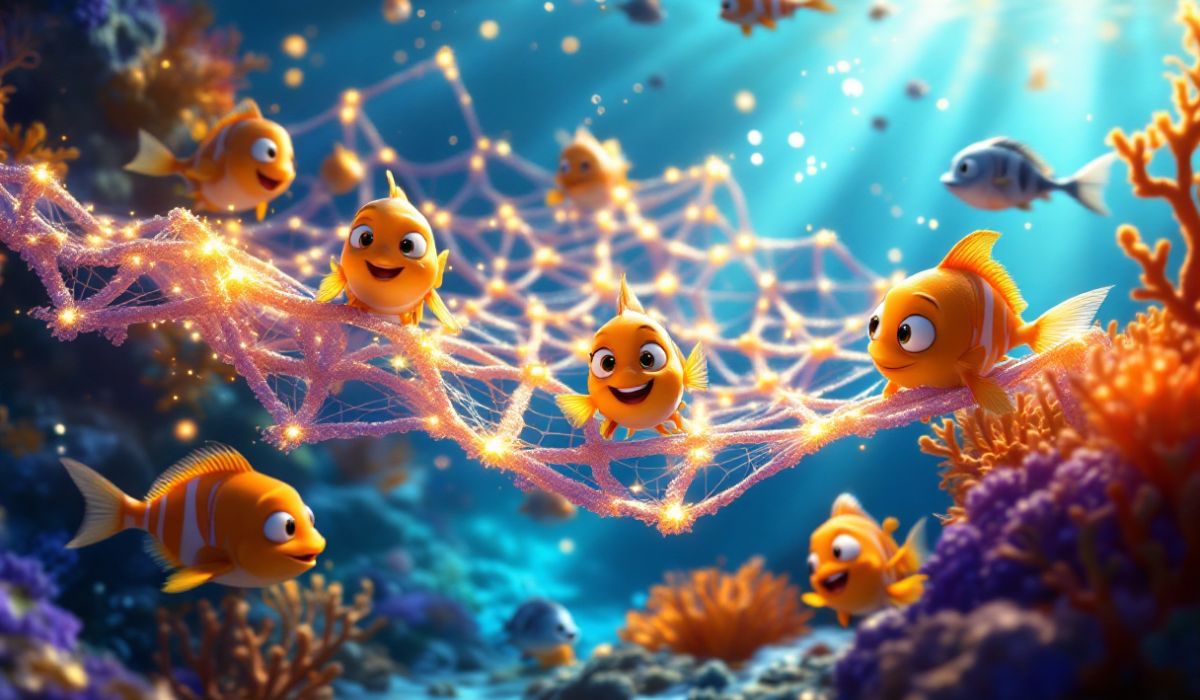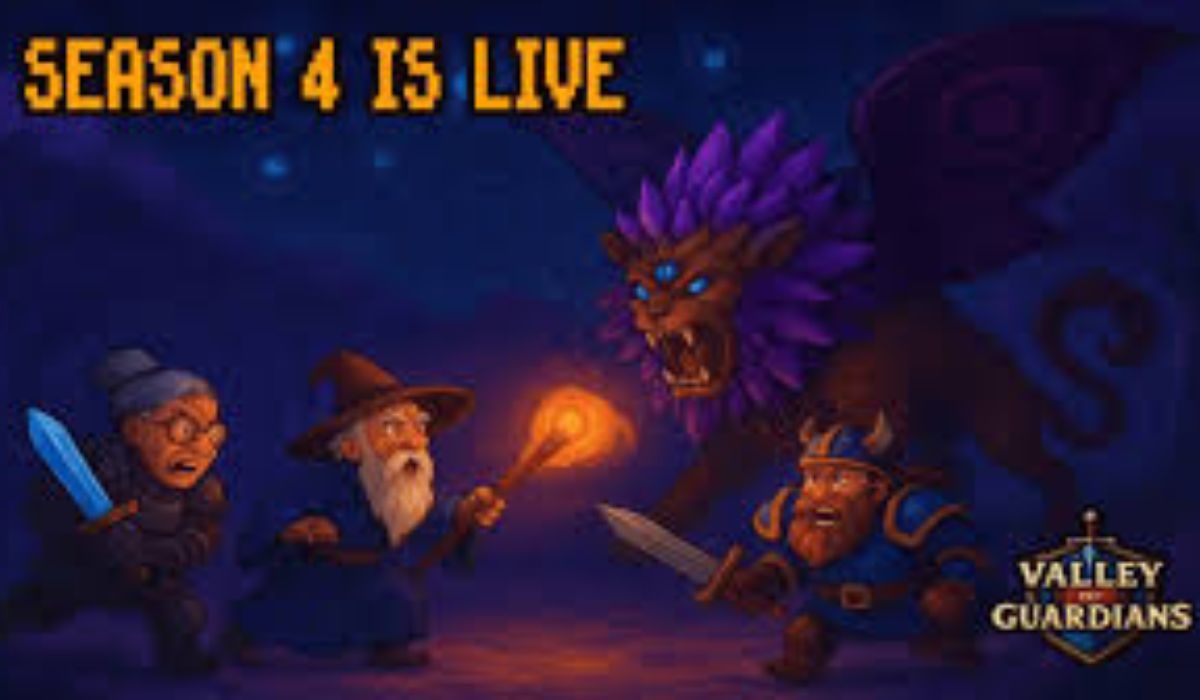GameFi’s Comeback in 2025: From Token Failures to Gameplay-First Success
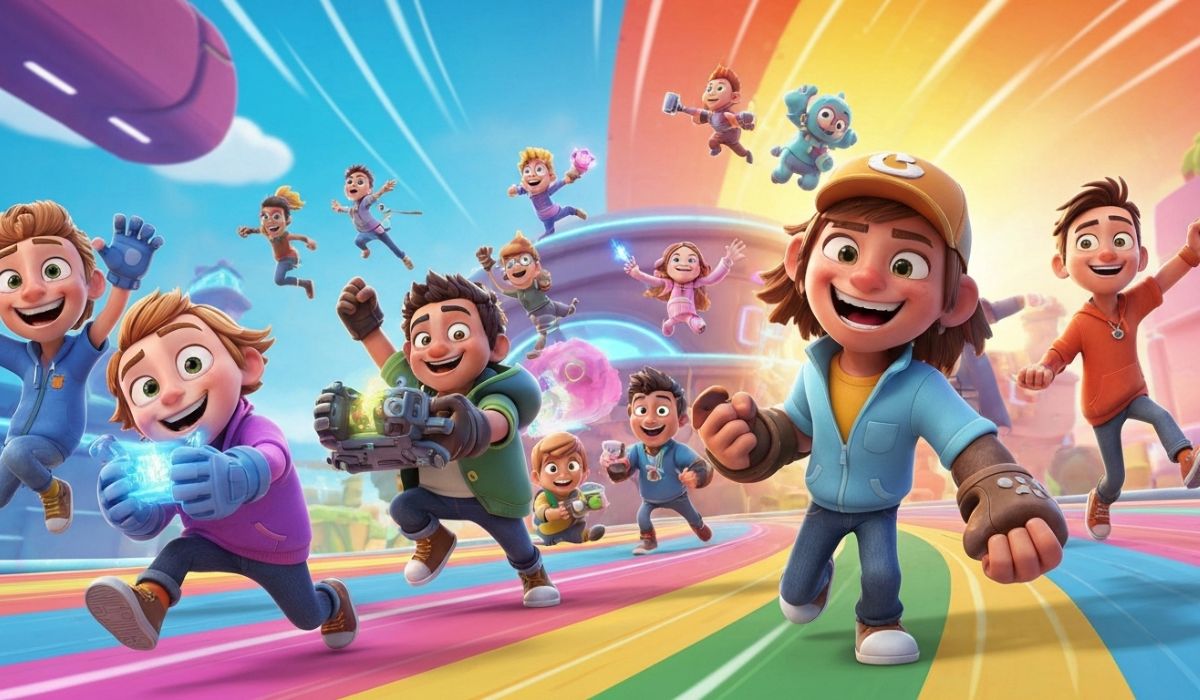
In 2025, the world of GameFi is changing significantly. Players who used to log into play-to-earn games and end up stuck in repetitive tasks or unstable token systems are now seeing a new approach. The focus is shifting from just earning tokens to providing fun and engaging gameplay that also offers sustainable rewards. This shift is promising for gamers who were let down by previous projects like Axie Infinity or for newcomers worried about scams, as it suggests a more balanced and player-friendly future.
In the early days of GameFi, especially around 2021, many games had flawed economic models. These games promised big financial rewards but often collapsed due to unsustainable token inflation and pay-to-win strategies. Players who invested time and money saw their efforts lose value, leading to disappointment. Now, developers are learning from these past mistakes and are creating games that prioritize enjoyment and community interaction as much as financial rewards.
Top Gameplay-First Titles of 2025
| Game | Core Experience | Earning Mechanic | Notes on Sustainability |
|---|---|---|---|
| Wilder World | Cyberpunk metaverse with racing, battles, and building | Skill-based quests, NFT rewards | Persistent world encourages long-term engagement |
| MetaSpace | Story-driven space exploration with competitive arenas | Governance tokens earned through consistent play | Narrative depth keeps players invested |
| Daemons | Tamagotchi-style nurturing and AI interaction | Point-based airdrops linked to on-chain history | Personalized gameplay for sustainable rewards |
| Sunflower Land | Farming simulation and crafting | NFT trading and seasonal event rewards | Seasonal updates prevent token oversupply |
| The Sandbox | Voxel-based creation and marketplace | SAND tokens fuel governance and event earnings | User-generated content drives continuous activity |
These examples illustrate how 2025’s GameFi titles emphasize gameplay first, with tokens and NFTs as supplementary rewards rather than the main draw. By tying rewards to skill, effort, and creativity rather than simple token accumulation, developers are building player-owned economies that are more sustainable and less prone to collapse. Platforms like Polygon provide low-fee networks, enabling players to own assets and trade without barriers. Emerging Web3 tools, such as Immutable’s Gaming Hub, allow cross-game rewards and shared economies, further supporting this new sustainable approach.
This shift is significant because it addresses the biggest weaknesses of early P2E projects:
- Sustainability: Tokenomics now support balanced growth and prevent oversupply.
- Player Engagement: Games are designed to be fun first, encouraging long-term participation.
- Community and Governance: Players actively influence in-game economies and decision-making.
- Cross-Platform Integration: Modern infrastructure enables rewards to carry across multiple games, enhancing retention.
This approach has revitalized interest in GameFi, increasing total value locked (TVL) across platforms and creating stronger, community-driven economies.
Latest Gamefi projects discovered on @getmoni_io 👾
🕹️@PlayYumeDash: Pixel girls racing game—compete for leaderboard prizes, play mini-games, and earn OG roles via Discord, running on @monad
🕹️@VSProtocol: Extraction battle royale FPS built on @solana token/pay-to-win, fair… pic.twitter.com/q4i30hhZr4
— GameFi Crusher (@GamefiCrusher) October 11, 2025
Players and developers have responded positively to this shift. Online forums, social media, and YouTube channels show excitement over games like Wilder World and The Sandbox. Communities celebrate gameplay-driven rewards and discuss strategies for maximizing skill-based earnings. At the same time, skepticism remains; players note that even strong games can fail if engagement drops or token rewards become unbalanced.
Potential Market Impact
The movement toward gameplay-first P2E has broader implications for the crypto and gaming industries:
| Stakeholder | Potential Benefit |
|---|---|
| Players | Earn from enjoyable experiences, not just token farming |
| Developers | Build loyal communities and sustainable economies |
| Investors | Lower risk of token collapse while supporting long-term growth |
| Web3 Ecosystem | Encourages adoption and innovation in metaverse and NFT markets |
By focusing on fun and sustainability, GameFi can attract more players, retain communities longer, and encourage wider adoption of blockchain gaming.
Looking Forward
There is a lot of talk in the market about how games that focus first on fun gameplay could greatly boost player involvement, increase token value, and grow the total value locked (TVL) in blockchain gaming platforms. Experts believe that by 2026, the TVL in Web3 gaming might reach $200 billion, with new game-economy models being worth around $20 billion.
However, there are still risks. Games that don’t keep players interested or don’t have balanced economic systems might end up struggling, causing players to lose interest and resulting in financial losses. For GameFi to succeed in the long run, developers need to keep focusing on making games enjoyable, fostering community interaction, and designing responsible economic systems.
The year 2025 is a key moment for GameFi. Developers are shifting from focusing on just tokens to creating experiences where gameplay and rewards go hand in hand. This means players can have fun and earn rewards at the same time. Developers benefit from having a loyal and engaged community, while the Web3 ecosystem gains more credibility and grows. GameFi’s redemption is happening, showing that when fun is the priority, both financial and community success can follow.

